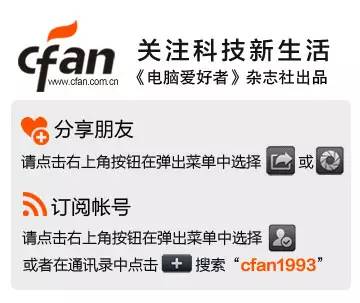With the release of the Huawei Mate 8, the top spot on benchmarking software like AnTuTu has finally been occupied by a domestically produced chip, the Huawei Kirin 950 processor. So, what secrets does the Kirin 950 employ to achieve this domestic chip resurgence?
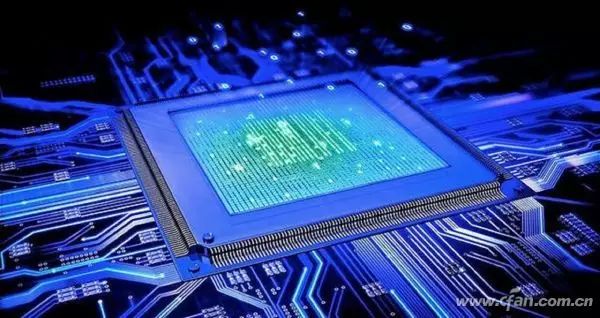
History of Huawei HiSilicon Development
In the domestic smartphone arena, Huawei is the only company with independent core technology for mobile SoCs (System on Chip, which integrates CPU, GPU, Modem, ISP, DSP, etc., for ease of understanding, we will refer to it as “processor” hereafter). As early as 2012, Huawei entered the quad-core market ahead of others with the HiSilicon K3V2 (40nm process, quad-core Cortex-A9 architecture, integrated GC4000 GPU, representative products include Ascend D1, Mate1, Honor 3, etc.). Unfortunately, the K3V2’s process was relatively outdated, and the GPU’s compatibility and optimization were average, leading to its rejection by discerning users.
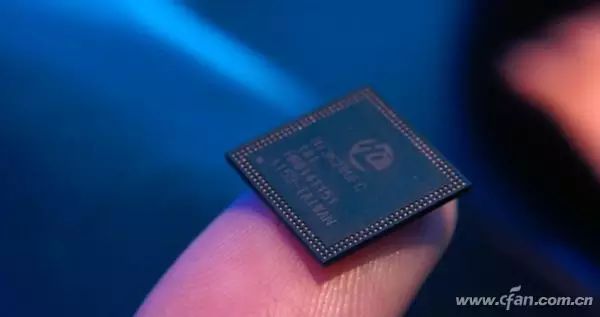
In early 2014, Huawei’s new product was officially named “Kirin” (Kirin), with the first-generation product Kirin 910 (28nm process, quad-core Cortex-A9 architecture, integrated Mali-450MP4 GPU, representative products include P7, Mate2, Honor X1, etc.), which made significant progress in power consumption (heat generation) and game compatibility. In June 2014, the Kirin 920 (28nm process, quad-core A15 + quad-core A7 architecture, integrated Mali-T628MP4 GPU, representative product Honor 6) was released, marking the Kirin family’s official entry into the octa-core era. In 2015, the Kirin 930 (28nm process, quad-core A53E + quad-core A53 architecture, integrated Mali-T628MP4 GPU, representative product Honor X2) set off again, allowing Kirin to finally be classified among high-end processors.
Tip: Kirin 925 (representative products include Honor 6 Plus, Mate 7) and Kirin 935 (representative products include Honor 7, P8) are high-frequency versions of Kirin 920 and Kirin 930, respectively. However, the Kirin 925 can be seen as a watershed for the Kirin family, as it marked the beginning of the Kirin family’s integration of co-processors. Additionally, the Kirin family also includes the mid-range Kirin 620, etc., but these chips generally have standard specifications and will not be discussed further here.
The Dilemma of the Old Kirin
Although the Kirin 92x/93x have allowed Huawei HiSilicon to establish a foothold in the mid-to-high-end market, in terms of actual processor performance, these Kirins can only be considered excellent, yet still fall short of top-tier standards. Take the Honor 7 equipped with the Kirin 935 as an example; in the AnTuTu V5.7x test, it scored around 50,000, but in the latest AnTuTu V6.0, the score remained around 50,000. In contrast, the Qualcomm Snapdragon 810 scored about 60,000 in AnTuTu V5.x and could break through 80,000 after upgrading to V6.0. The reason for this is that AnTuTu V6.0 increased the weight of GPU performance, better reflecting the true performance of a processor.
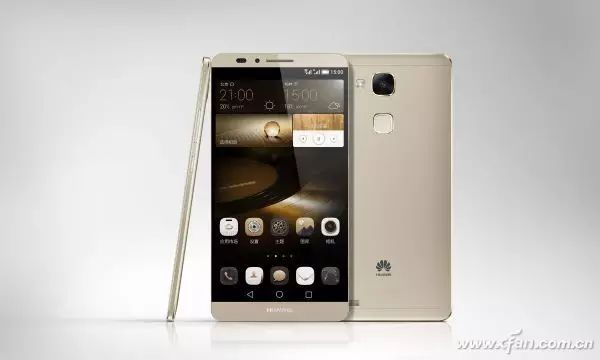
The Mate 7 equipped with Kirin 925 has restored Huawei’s confidence in the mid-to-high-end market.
|
Table 1 |
Kirin 920/925 |
Kirin 930/935 |
Kirin 950 |
|
CPU |
Quad-core A15 (1.7GHz/1.8GHz) Quad-core A7 (1.3GHz) |
Quad-core A15 (2.0GHz/2.2GHz) Quad-core A53 (1.5GHz) |
Quad-core A72 (2.3GHz) Quad-core A53 (1.8GHz) |
|
GPU |
ARM Mali-T628MP4 (600MHz) |
ARM Mali-T628MP4 (600MHz) |
ARM Mali-T880MP4 (900MHz) |
|
Co-Processor |
i3 (Cortex-M3 architecture) |
i3 (Cortex-M3 architecture) |
i5 (Cortex-M5 architecture) |
|
Memory Support |
Dual-channel LPDDR3 800MHz |
Dual-channel LPDDR3 800MHz |
Dual-channel LPDDR3/4 |
|
Video Codec |
1080P H.264 codec |
1080P H.264 codec |
1080P H.264 codec 2160P 30fps H.265 decoding |
|
ISP |
Third-party ISP |
Third-party ISP |
Self-developed dual 14-bit ISP |
|
Communication Baseband |
Balong LTE Cat.6 |
In fact, the bottleneck of the “old Kirin” in GPU graphical performance is no secret; the “eternal Mali-T628MP4” is the evaluation given by players. Finally, in November 2015, Huawei unveiled the HiSilicon Kirin 950, which achieved a performance resurgence with its latest Cortex-A72 microarchitecture and higher-spec GPU (Table 1). In the AnTuTu V6.0 test, it easily surpassed the 90,000 mark, leaving the Qualcomm Snapdragon 810 and Samsung Exynos 7420, both recognized as flagship processors, far behind.
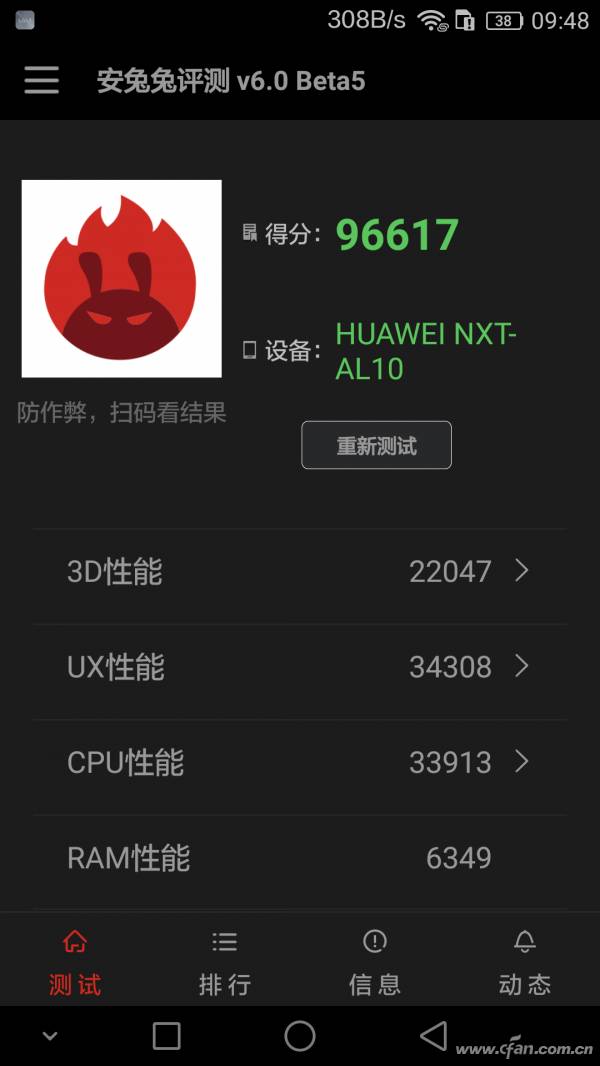
The Strategy of the New Kirin
The timing of the Kirin 950’s release is quite opportune. The “enthusiasm” of the Qualcomm Snapdragon 810 has made people wary, while the Samsung Exynos 7420, which has been on the market for nearly a year, is also showing signs of fatigue. As a latecomer, the Kirin 950 naturally has ample time to make targeted optimizations and improvements against these two “flagship models” of the year. Therefore, Huawei launched this “long-planned” chip before the Snapdragon 820 and Samsung Exynos 8890 (codename: Mantis), making it abnormal not to achieve fame in one fell swoop. Next, let’s delve deeper into the Kirin 950.
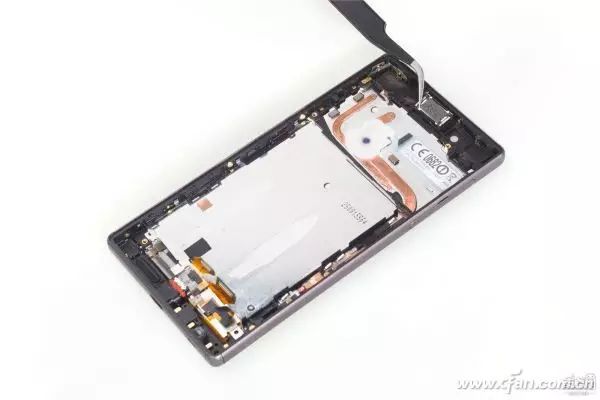
The heat generated by the Snapdragon 810 has forced smartphone manufacturers to use heat pipe cooling modules commonly found in laptops.
Profound Changes
Compared to the previous generation Kirin 935, the Kirin 950 has undergone profound changes. This transformation is first reflected in the evolution of the manufacturing process and core microarchitecture.
Process Eliminates Heating Risks
Both the Qualcomm Snapdragon 810 and Samsung Exynos 7420 are based on the ARM public version Cortex-A57 + A53 microarchitecture design, and their performance is unquestionable. However, the Snapdragon 810’s deep entanglement in heating issues is due to being “harmed” by its relatively outdated 20nm manufacturing process.
To avoid being hampered by the manufacturing process, the Kirin 950 collaborated with TSMC from the outset of its development, making it the second mobile processor after Apple’s A9 to adopt TSMC’s latest 16nm FinFET Plus advanced process (Figure 5). From the “chip gate” incident with the iPhone 6S, it can be seen that TSMC’s 16nm FinFET Plus process performs even better in power consumption and heat generation than Samsung’s 14nm FinFET.
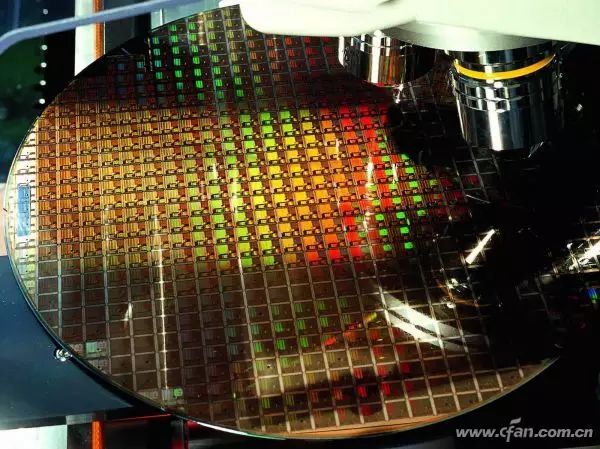
Architecture Enhances Performance Levels
To create a gap between itself and the Snapdragon 810 and Exynos 7420, the Kirin 950 bypassed the Cortex-A57 + A53 microarchitecture and directly chose the next-generation top-level core from ARM: Cortex-A72. Simply put, A72 is an upgraded version of A53, offering higher performance but lower power consumption than A53. Additionally, the Kirin 950 still supports big.LITTLE technology, allowing A72 and A53 to form a dual quad-core microarchitecture. The only pity is that it did not use the A72 architecture’s unique “GIC500 interconnect architecture” (due to the early development of Kirin 950, it missed the GIC500 update and continued to use the previous GIC400).
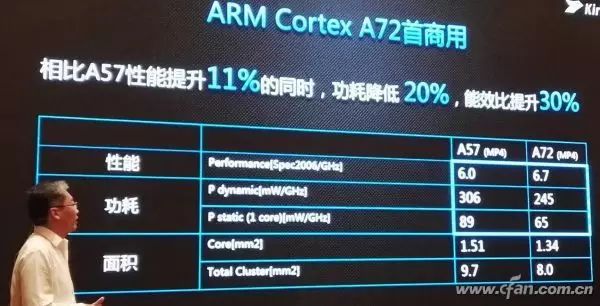
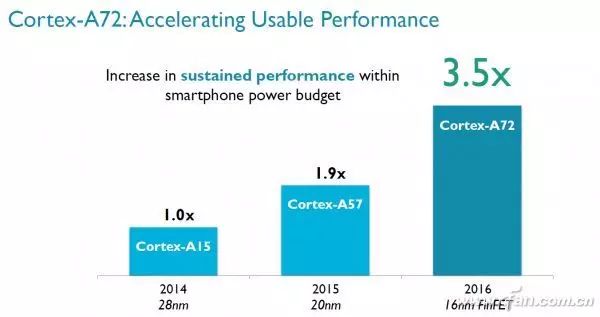
Changing GPU to Clear Past Mistakes
Upgrading the GPU to Mali-T880 is also a significant highlight of the Kirin 950. Mali-T880 is one of ARM’s highest-end GPU display cores, capable of being equipped with up to 16 computing units (i.e., Mali-T880MP16). Unfortunately, in order to control power consumption and heat generation, Huawei adopted a high-frequency low-core strategy: integrating a quad-core version of Mali-T880MP4 and increasing the core frequency to 900MHz. In terms of actual performance, Mali-T880MP4 can outperform the Mali-T628MP4 integrated in Kirin 935 but still has a significant gap compared to Snapdragon 810 (Adreno 430 GPU) and Exynos 7420 (Mali-T760MP8 GPU) (Table 2). Overall, the gaming performance of Kirin 950 is at most on par with the Snapdragon mid-tier 808.
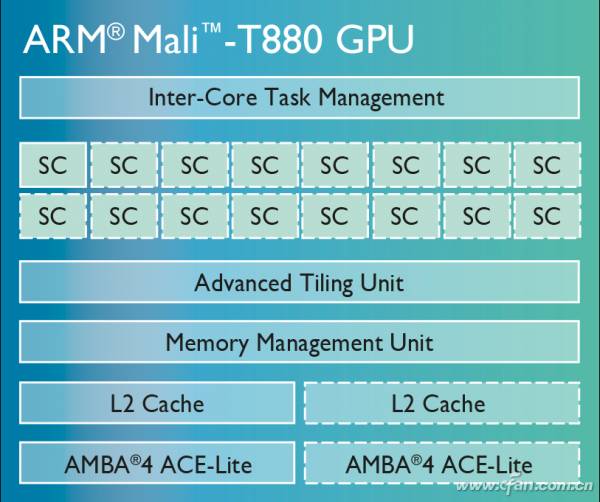
|
Table 2 |
GPU |
GFXbench3-Manhattan |
GFXBench-Tyrannosaurus |
|
Snapdragon 810 |
Adreno 430 |
25fps |
55fps |
|
Exynos 7420 |
Mali-T760MP8 |
26fps |
57fps |
|
Kirin 950 |
Mali-T880MP4 |
18fps |
34fps |
|
Snapdragon 808 |
Adreno 418 |
14.8fps |
34.4fps |
|
Snapdragon 801 |
Adreno 330 |
12fps |
28fps |
|
MediaTek Helio X10 |
PowerVR G6200 |
10fps |
27fps |
Co-Processor Further Reduces Power Consumption
Careful players may have noticed that the Kirin 950’s low-power Cortex-A53 core has a frequency of up to 1.8GHz, far exceeding Exynos 7420’s 1.5GHz and Snapdragon 810’s 1.6GHz, allowing the Kirin 950 to achieve a sufficiently powerful performance base in some routine applications. The question arises: high frequency equals higher power consumption, so how does the Kirin 950 address this risk?
The answer lies in the Kirin 950’s adoption of the i5 co-processor based on the Cortex-M7 architecture. Compared to the i3 (Cortex-M3) integrated in the old Kirin, the i5 not only has a fourfold performance improvement but also reduces standby power consumption from 90mA to 6.5mA. Do not underestimate the role of the co-processor; it is responsible for coordinating and managing the phone’s gravity, light, fingerprint, acceleration, gyroscope, and compass sensor modules. For example, the co-processor can help WeChat sports record your daily exercise, but the power consumption is negligible. With the help of the i5 co-processor, the Kirin 950 can “take it easy” in more low-load environments, thus extending battery life as much as possible.
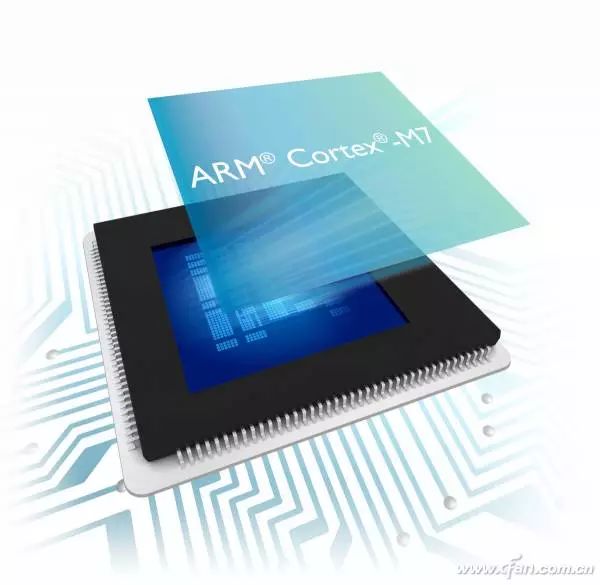
Improvements Focused on User Experience
In addition to performance improvements, the Kirin 950 places more emphasis on daily experience. For example, it integrates Huawei’s self-developed image ISP core, which has significantly improved photo imaging quality; it introduces heuristic intelligent scheduling algorithms to better allocate CPU core and GPU usage, reducing lag; it supports chip-level intelligent positioning for more accurate positioning in complex environments like indoor navigation or overpasses.
Conclusion: Temporarily Leading but Easily Surpassed
With the help of the above features, the Kirin 950 is arguably the strongest Android smartphone processor of 2015. However, the Kirin 950’s power is still limited. For instance, its strong CPU performance is due to the inherent advantage of being the first to adopt the Cortex-A72 architecture; its lower power consumption is also derived from the more advanced 16nm FinFET Plus process; in terms of GPU graphical performance, the Kirin 950 has only achieved “self-surpassing” and still has a significant gap compared to competitors; in terms of network capabilities, the Kirin 950 has retained the previous generation’s communication baseband, thus planting the seeds for being surpassed.
The next-generation flagship processors from Qualcomm Snapdragon 820 and Samsung Mantis (Exynos 8890) will adopt more advanced manufacturing processes and switch to self-developed (optimized) microarchitecture cores, along with more powerful GPU units, making the Kirin 950’s so-called advantages ineffective against these competitors. At the Qualcomm Snapdragon 820 communication conference, the prototype achieved a score of 130,000 in AnTuTu 6.0, indicating the pressure the Kirin 950 faces. Fortunately, the mass production of the Snapdragon 820 is expected around April 2016, and the Samsung Galaxy S7’s release will also be after that.
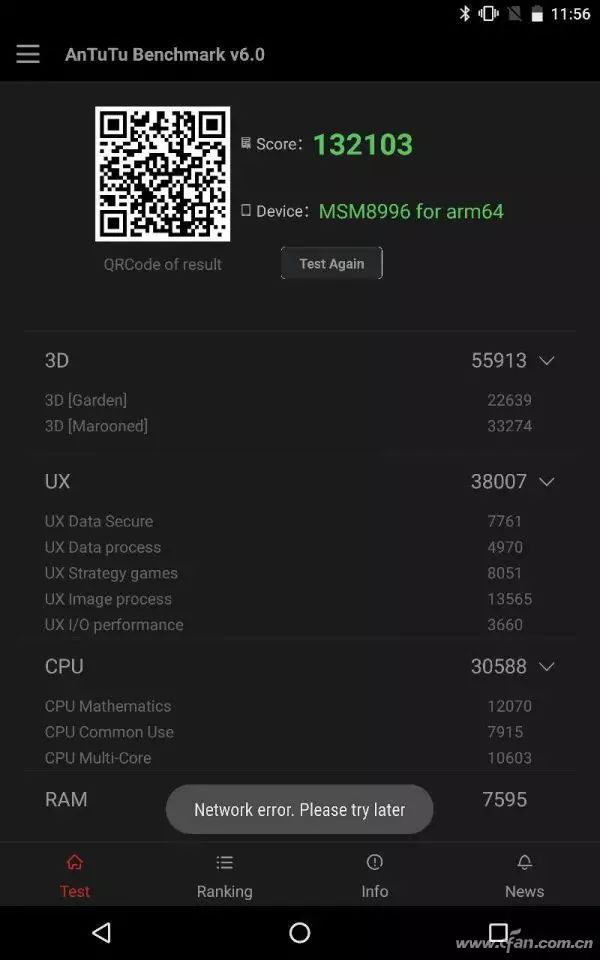
Of course, the strength of a processor does not completely determine the quality of a smartphone. In today’s experience-driven market, performance in system optimization, photography, and battery life is also crucial. However, the processor is the most quantifiable metric, providing users with the most intuitive purchasing reference. Therefore, the future Kirin still has significant room for improvement, such as learning from Qualcomm and Samsung’s proprietary architecture and equipping more powerful GPUs. We also look forward to more chip manufacturers, including MediaTek, joining the “war” of flagship processors, so that we can enjoy the benefits of competition.
